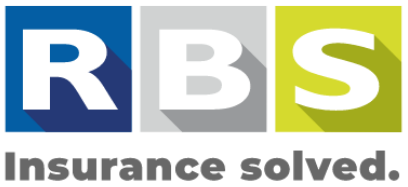How VAT increase impacts the insurance industry
In 1991, South Africa introduced Value Added Tax (VAT) to replace General Sales Tax (GST) as an indirect tax at a statutory rate of 10%, which increased to 14% in 1993.
Fast forward 25 years. Facing a massive revenue shortfall and after much debate and discussion, the government chose the easiest way to increase tax revenue and hiked the VAT rate by 1%, effective 01 April 2018, which is expected to raise around R22.9 billion to top-up SARS’ coffers.
Sounds reasonable right? Wrong. VAT has always been a highly sensitive topic in our economy as it not only seriously affects both the poor and the rich, but also businesses, with the short term insurance industry our case in point.
The amount of time, resources and effort spent to adjust to the 1% VAT hike will be enormous to the industry. Companies need to update their systems, train staff, communicate to clients and ensure nothing is left to chance. And they need to do all this quickly.
The complexities and complications of adapting.
The headaches will be many and we’ve noted just a few below.
For an existing annual policy paid with monthly premiums, will the premium automatically increase? Maybe not, as the contract has already been entered into and the supply was at the policy inception date.
For a policy written at 14% and then cancelled at 15%, how much is the refund? Possibly at 14%, but what if there were additions/endorsements to the cover before or after 01 April 2018?
For reinsurance, will there be potential VAT leakage (or negative leakage) due to the delay in settling accounts with reinsurers?
For an incepted policy, where the money is received by a broker in March 2018 and paid over to the insured in April 2018 (within 15 days), does the insurer have enough information at the end of March to capture the transaction accurately?
Rating engines use the sum insured value to price and accept/reject a risk. If the sum insureds were to automatically increase, what would happen to policies which now fall outside the risk appetite of the company? For large risks, would forums/committees need to re-convene to determine if the risk is still appropriate?
The large number of transactions that need processing on a daily basis will make it extremely difficult to correctly account for these VAT anomalies. So where and when the VAT is calculated incorrectly, it will need to be re-coded and then retrospectively adjusted. Depending on the nature and size of these complexities, VAT payment trends/cycles could change shape completely.
At the end of the day, IT companies will be smiling, as insurance companies will need to contract them in order to sort out the technology needed to adapt to the VAT increase and this will definitely not be a cheap exercise.
Let’s talk about it.
The South African Insurance Association (SAIA) sent a letter of submission on the 4th of March 2018 to National Treasury and SARS, which contains a comprehensive overview of the difficulties that will be experienced by the industry due to the increased VAT rate.
This letter forms the basis for a discussion between the industry, SARS and Treasury to demonstrate the need for a Section 72 application. A Section 72 application is simply an arrangement between the SARS and a vendor (or group of vendors) where there are difficulties, incongruities or anomalies as a result of a provision of the VAT Act (a change in the VAT rate) and is likely to be issued in a Binding General Ruling (BGR).
